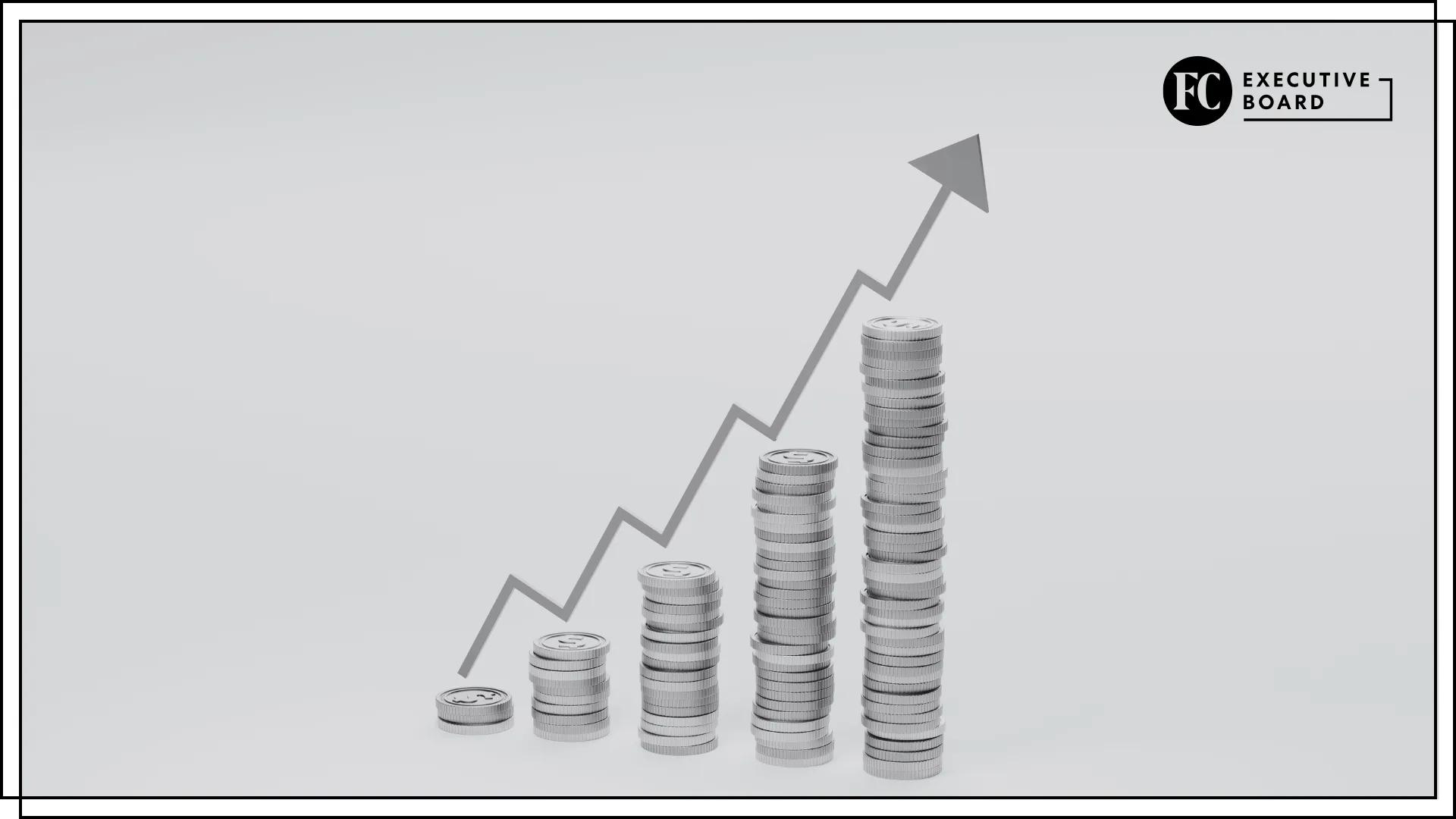Copyright OilPrice

Mergers are back in fashion, especially now that the government no longer objects as much as before. Why do a merger? Well, the merging parties always say that the merger will strengthen competition (good for the public), lower operating costs (good for shareholders), and be transformative (which we can’t translate). Cynics say the merger partners and arrangers have other motives, because the mergers produce huge fees for bankers and lawyers and bonuses for the executives, and ongoing benefits for executives because the bigger the company becomes, the bigger their paychecks. Academic studies have shown that a significant percentage of mergers destroy value for shareholders of the acquiring firm, so don’t dismiss the cynics. Some mergers have produced spectacular losses. Bayer’s decision to buy Monsanto a number of years ago saddled the German company with billions of dollars of losses from lawsuits. This may be why Kimberly-Clark shareholders reacted negatively when the company announced that it would buy the producer of Tylenol. The energy sector saw something similar. Chart Industries, which is in hydrogen, LNG, and cryogenics, almost doubled its size by purchasing a manufacturer of air moving equipment. A transformative merger creating scale and scope? Chart’s stock quickly fell by half. Critics said the acquired firm had lower value products than Chart and that Chart overpaid. The deal involved too much borrowing, they may have thought as well. Chart never reached pre-merger highs, but finally got close when a bigger firm with presumably transformative ideas proposed to buy it. Related: Too Much of a Good Thing: Solar Overloads Europe’s Electricity System Let’s take a look at three recent, energy-related mergers to see how the market reacted to what was offered. SABESP is a giant Brazilian water company, recently privatized. On October 25, it announced that it would buy shares representing a 70% economic interest in EMAE. The acquired company owns reservoirs easily integrated into the SABESP network as well as power generation stations (SABESP is a big electricity buyer for pumping.) The investment will earn the cost of capital. No additional financing required. Adds less than 2% to assets. SABESP stock has risen 3% since the announcement. No claims of transformation. It just gets SABESP into power generation and greatly improves the reliability of the water distribution system, via a profitable investment in a business they understand. Or so it seems. On October 27, American Water Works (AWK) announced a merger with Essential Utilities, which itself is the result of a merger between Pennsylvania-based gas and water utilities not that long ago. The new company would be roughly 10% gas and 90% water and it looks as if the gas company will be on the block, so essentially the merger increased AWK’s water business by about one half. Management talked about a “transformative” deal, but analysts seemed unimpressed, saying the price paid was okay, but the new company might grow at a slower rate. AWK’s stock price has fallen 6% since the announcement. One big regulated water company buys another big regulated water company. If the economies from the merger get too big, regulators might just take them away. Ho-hum, maybe, the market seems to be saying, but not transformative. Now for the really interesting and puzzling acquisition. Cox ABG, a Spanish infrastructure group, with worldwide renewable energy and water holdings, and an announced intent to pivot to water, on August 1, announced that it would purchase Iberdrola’s Mexican operations, largely power generation. This deal is truly transformative, tripling assets and EBITDA and essentially transforming a Spanish company with international interests and a water future into a Mexican company with international interests (not literally, but from an investment view that’s what will happen) and an electric future. Cox already has Mexican operations, so presumably understands the market, and management owns more than half of the company, so this is not a case of some macho, hired CEO playing with stockholder money. Cox stock has fallen 2% since the merger announcement. We suspect that the market views this transformation as one that adds considerably to the risk profile for two reasons: it puts most of Cox’s eggs in one basket, and it will be financed 80% by debt. In other words, operational benefits and expansion prospects are offset by financial risks. In short, not aiming for transformative corporate change keeps the risk level down but moves the dial only slightly (to use an outdated expression). Claiming that getting bigger is transformative does not excite investors much. Doing transformative without sufficiently taking into account the investor perception of risk may do wonders operationally, but not a lot for the shareholders of the acquiring company. So, if you are an investor, take those merger claims with a grain of salt (to use another ancient expression). By Leonard Hyman and William Tilles for Oilprice.com More Top Reads From Oilprice.com Copper Soars to Record High on Supply Crunch and Brighter Outlook India Plans $11.3 Billion Bailout for State Power Firms Japan Tells Trump Tokyo Will Struggle to Ban Russian LNG Imports



